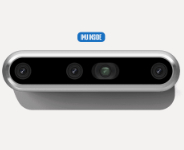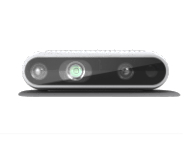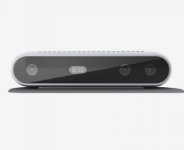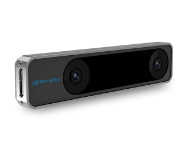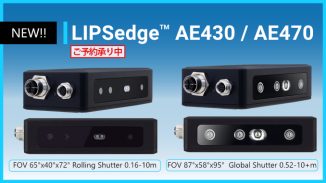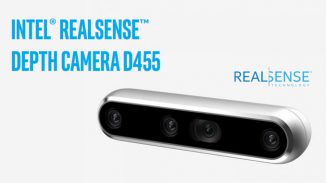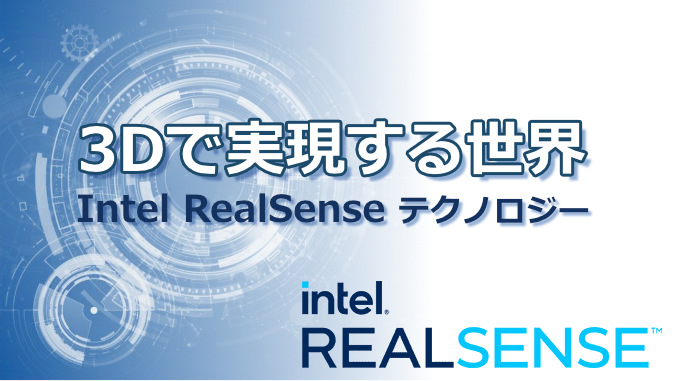
This time, we will introduce Intel's industry-leading depth detection technology "RealSense Technology".
This article is based on Intel RealSense Core Story June 2021 and other information from Intel.
computer vision in robotics
https://www.intelrealsense.com/robotics/
Real success in the real world
https://www.intelrealsense.com/use-cases/
table of contents
Why is "Intel RealSense Technology" chosen?
Intel's RealSense technology is used in embedded vision processors for depth measurement, high-performance and affordable depth cameras, and all-in-one facial recognition solutions.
There are Coded Light, stereo, and LiDAR methods for depth measurement, and you can choose from more than 15 types of products according to your environment and application.In fact, it works with 200 million products around the world and has been proven to be practical and useful.
|
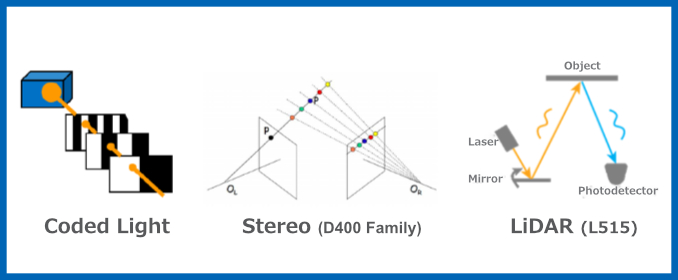
Why is 3D and depth data important?
In order to generate 2D images and 2D objects from 3D images taken with a 3D camera, use AI and modeling tools to extract depth (depth, depth) data from the captured images.On the other hand, in the case of 3D depth cameras, for example, stereotyped cameras use technology that imitates the two human eyes, and a wide range of objects (objects that can be recognized as objects).IYou can do cognition.
The information obtained from the camera is real-time depth and RGB information about points or pixels.Object detection and accurate distance from the camera to the object can be detected from the depth data, and human authentication and skin color can be detected from the RGB data.With this acquired information, it is possible to understand movements and scenes in any environment.
The following is an excerpt of images taken with the D400 series from scanning to reproduction.Watch the video to see how quickly it goes from scanning to reproduction.
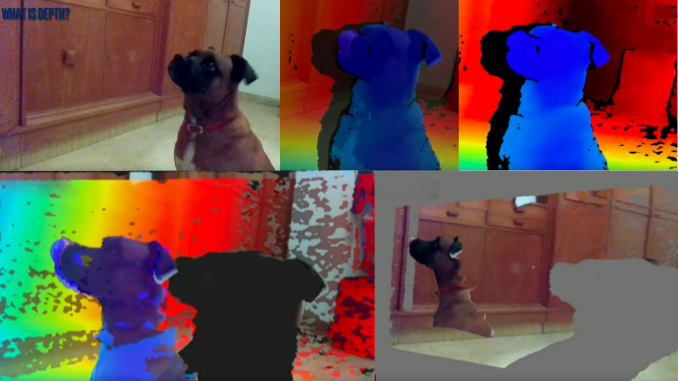
Where is depth data used?
The high-resolution imaging and depth detection technology of Intel RealSense cameras is expected to be used in various scenes.
High frame rate (FSP, number of frames) and depth accuracy can acquire data to avoid obstacles, so cleaning robots that need collision avoidance, telepresence, vehicles running in factories and warehouses, etc. It is used in the robot field.
It also has a simple digital twin for entertainment (recreating existing things, things, and people in digital space), improving machine learning with more quality data, and reducing computational and time requirements (onboard vision). Depth data is also useful for real-time processing by the processor), accurate face recognition and authentication.
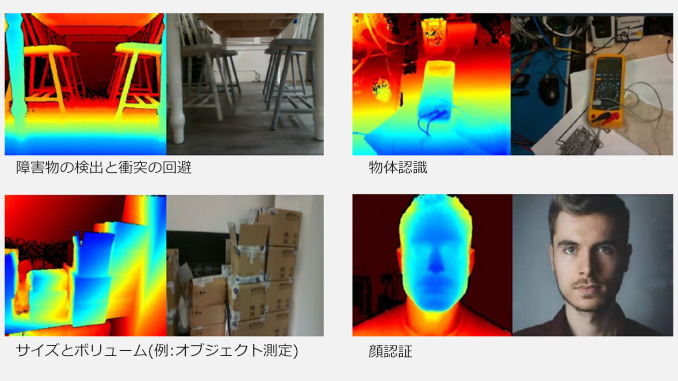
Example of utilization: Robotics
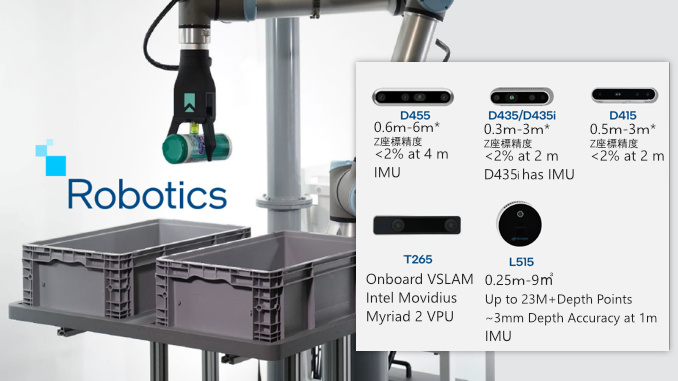
The sensing capabilities of robots are rapidly evolving and expanding.If robots can see, measure, analyze, and respond to their surroundings in the same way as we do, they can do more diverse tasks on our behalf, from monotonous, repetitive tasks to dangerous tasks. It will be like.
RealSense technology can overcome these common challenges facing robots and make them more practical with low power consumption and small vision and tracking capabilities.
Typical challenges
* SLAM is a technology that creates 2D and 3D environment maps by sensing the surrounding environment.Obtaining accurate location information is one of the challenges. |
RealSense solution
|
RealSense's low latency, low power consumption, and high quality localization and mapping allow robots to quickly adjust their position. For example for aerospaceDelivery robots use the route planning tracking feature to enable them to move through space more efficiently.Factory orFor warehouse delivery robots, navigate the delivery route and track its location. Autonomous customer serviceRobots and shelf management robots can use mapping technology to navigate store aisles and track their location.
Example of utilization: Scan
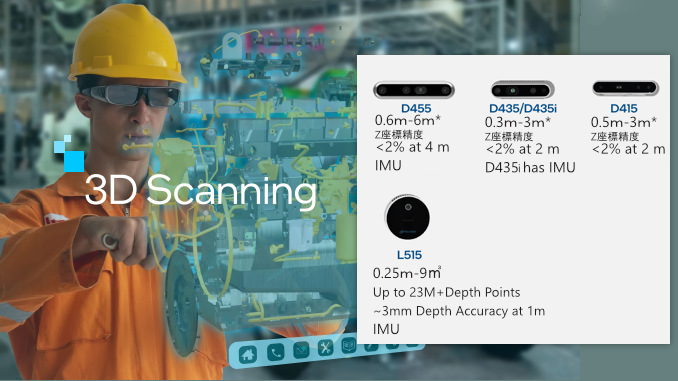
The growing demand for 3D scanning to scan people, places and objects has been a driving force in the development of 3D technology for many years.Creating a digital twin allows you to optimize your system digitally and collect feedback faster.This technology has enabled a variety of 3D scanning applications.
Typical challenges
* SLAM is a technology that creates 2D and 3D environment maps by sensing the surrounding environment.Obtaining accurate location information is one of the challenges. |
RealSense solution
|
With Intel RealSene technology, you can quickly and easily create existing items as digital twins without the need for complex hardware configurations.You can quickly and easily create accurate scale models of objects and scenes, expanding their use.For example, AR (Augmented Reality) and VR (Virtual Reality) games and entertainment materials, material alignment, maintenance work such as defect detection, design and construction, automobile development (to improve traffic congestion prediction and safety) Data acquisition) and so on.
Utilization example: Object recognition and integration
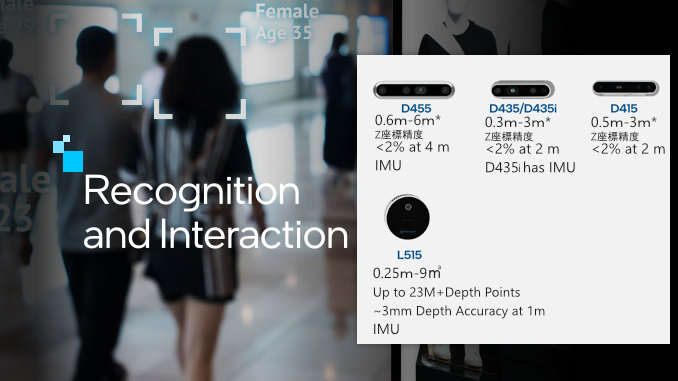
By tracking or tracking a series of movements of a person or object (what kind of path to follow from the beginning of movement) with a skeleton or gesture, a human being or a system or device that receives some movement instruction acts. You can perform the operation according to.For example, crowd monitoring and analysis can be used to track people, and equipment can be operated to move fingertips.Skeleton and human tracking functionIt is used in a variety of devices such as digital signage, medical, retail and educational applications.
Typical challenges
|
solution
|
The lightweight, compact form factor of Intel's RealSense cameras is an easy-to-install development kit that you can get and start using right away.In addition, the sophisticated design does not spoil the image at the time of installation.
About RealSense products
Intel RealSense cameras can leverage a variety of sensor technologies to create vision-based solutions that behave like human vision.Choose the best product for your different use cases.
|
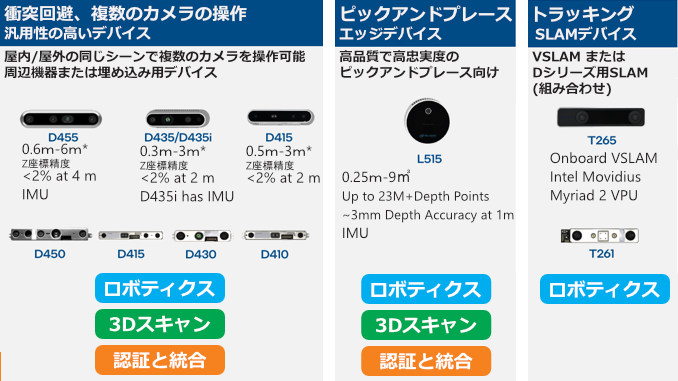
Stereo Depth Camera (D series)
![]()
![]()
![]()
|
|
Intel RealSense Depth Camera D455 – Active Stereo – Global Shutter, RGB and Depth – Depth FOV 86 ° x 57 ° – Integrated IMUs * Embedded module: D450 Module |
|
|
Intel RealSense Depth Camera D435 / D435i – Active Stereo – Global Shutter – Depth FOV 87 ° x 58 ° – Integrated IMU (D435i only) * Embedded module: D430 Module |
|
|
Intel RealSense Depth Camera D415 – Active Stereo – Rolling Shutter – Depth FOV 65 ° x 40 ° * Embedded module: D415 Module |
LiDAR Camera
![]()
![]()
![]()
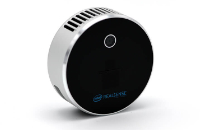 |
Intel RealSense LiDAR Camera L515 |
Tracking & Coded Light Camera
![]()
|
|
Intel RealSense Tracking Camera T265 – Onboard SLAM – Two fisheye cameras 170 ° FOV – Intel Movidius Myriad 2 VPUs – Operates at less than 1.5 * Embedded module: T261 Module |
Finally
We handle Intel's RealSense D series, LiDAR camera L515, etc. mentioned in this article.Service for R & D "Rental service tegakariYou can also use it.Please use it when you want to actually use it.
Not limited to Intel's RealSenseMost of the cameras we handle can be handled from "1"(For some products including modules, etc., the minimum lot cannot be specified).In addition, popular cameras are in stock at our company, so we can deliver them in a short delivery time.Please feel free to contact us.

